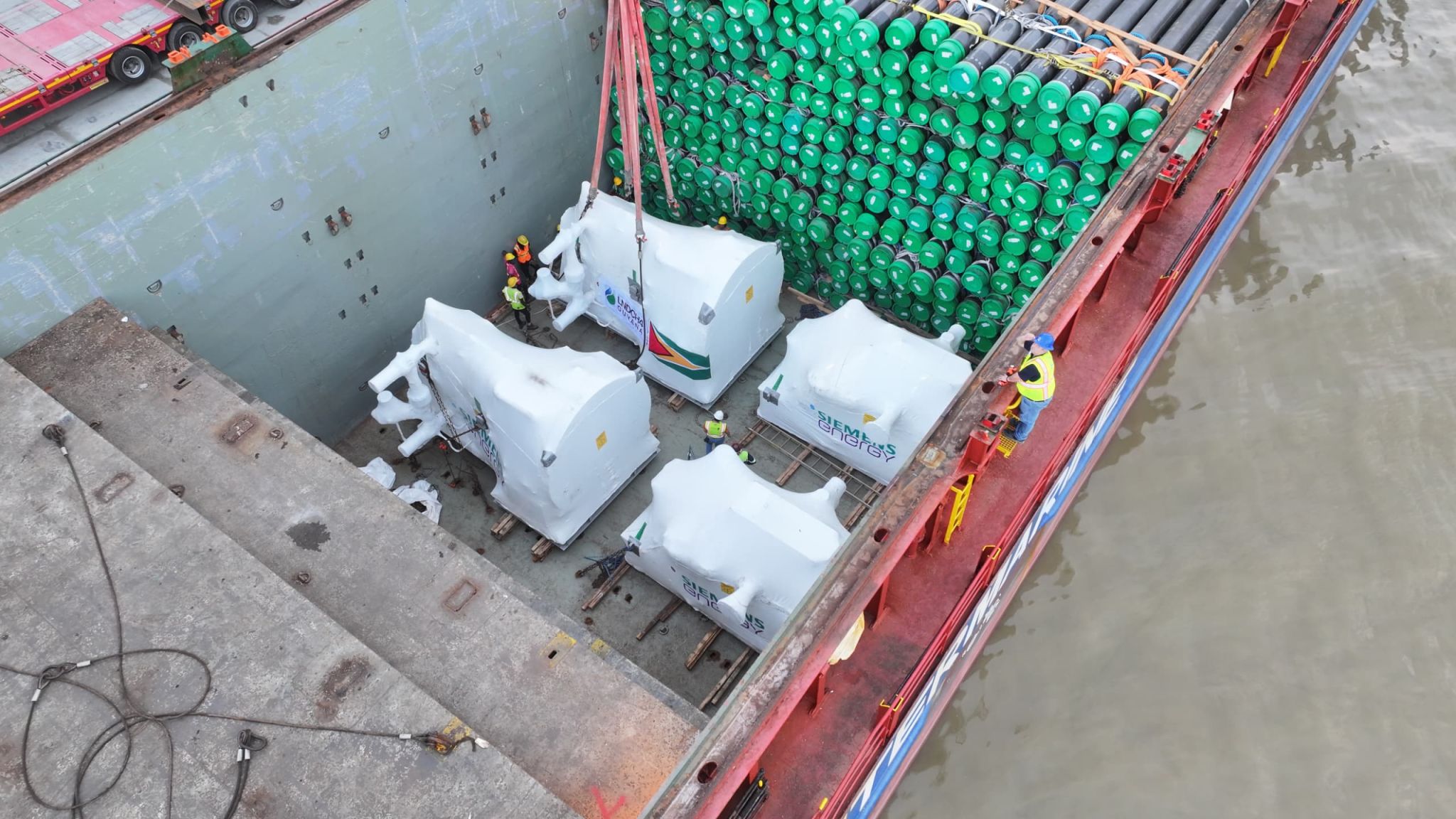Entering the commissioning year of the Gas-to-Energy project, here is an updated breakdown of the basics – parameters, costs, timelines, and other key information.
What is the Gas-to-Energy project?
The Gas-to-Energy project is purposed to establish infrastructure so natural gas can be transported from the offshore Stabroek Block’s Liza oilfield to an integrated gas processing facility at Wales, on the West Bank of Demerara. The project will deliver natural gas liquids (NGL) and dry gas to the government of Guyana.
What is the Liza oilfield?
The Liza field is the area in which ExxonMobil made the first commercial discovery of crude oil in 2015, kicking off Guyana’s incredible growth story. ExxonMobil is already producing more than 600,000 barrels per day (b/d) of crude oil offshore, with about 60% from the Liza field. While most of the resource is oil, there is a lot of gas.

What infrastructure is needed for the Gas-to-Energy project?
A subsea pipeline has been installed on the seafloor to transport natural gas from the Liza field to an onshore pipeline at the West Coast of the Demerara river. The onshore pipeline will deliver the gas to an integrated facility at Wales, on the West Bank of Demerara. At this facility, a natural gas liquids (NGL) processing plant will treat the gas to remove NGLs for commercialization, and a 300 megawatts (MW) power plant will use the dry gas to generate electricity for domestic use.
What will be the rate of production?
Approximately 50 million cubic feet per day (mcf/d) of natural gas will flow from the Liza field every day. Aside from power generation, NGL production is expected at 4,000 b/d.
A second phase of the Gas-to-Energy project has been contemplated, with additional gas production of approximately 75 mcf/d. A second power plant would be constructed at 300 MW and the NGL production would be boosted by 6,000 b/d.
Who is involved?
ExxonMobil Guyana was responsible for the installation of the pipeline. The Guyana government is responsible for the integrated facility at Wales.

Why is this project being pursued?
Guyana’s consumer rates for electricity are among the highest in the region. The government says the Gas-to-Energy project will provide the fiscal space to cut the cost of power by 50%. Replacing imported heavy fuel oil (HFO) with Guyana’s natural gas as the main source of electricity generation will significantly reduce emissions. The country also experiences power instability, partly due to rising demand outpacing supply. Gas-to-Energy will boost generating capacity by more than 100%, and is part of a larger strategy to reduce power outages.
Government also plans to sell cooking gas, fertilizer and other natural gas by-products domestically and in the Latin America and Caribbean (LAC) region.
What will the project cost?
ExxonMobil Guyana President, Alistair Routledge said the cost amounts to US$1 billion for the onshore and offshore pipeline and ancillary infrastructure. Exxon hired a joint venture of Van Oord and Subsea 7 to lay the offshore pipeline. For the onshore aspect, Exxon hired a joint venture between the Guyanese-owned GAICO Construction and General Services and the Italian, SICIM.
The government contracted a US-based group called CH4-Lindsayca to build out the integrated facility at Wales for US$759 million.
Additionally, the government awarded a US$159 million contract to Kalpataru Projects International Limited to establish transmission lines and substations
Vice President Bharrat Jagdeo said in December 2024 that the total cost is about US$2 billion.
Will it place Guyana in debt?
The government secured full approval for a US$526 million loan from the United States Export-Import Bank that will cover the cost of materials exported from the U.S. by CH4-Lindsayca. The government has faced some criticism for taking on this debt, but top officials are confident the country can manage it, given the expansion of the economy.
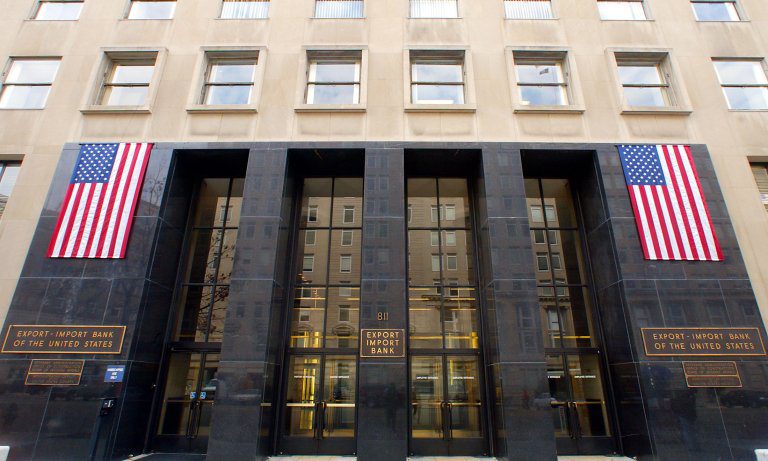
Will Guyana be indebted to Exxon?
No, but Exxon and its partners will need to recover their investment in the project through a gas sales agreement. Head of the Gas-to-Energy Task Force, Winston Brassington, said Guyana will pay the co-venturers US$55 million annually for 20 years. He estimated that the commercialization of the excess NGLs will earn Guyana about US$100 million per year, providing the revenues to meet the annual payments and make a profit.
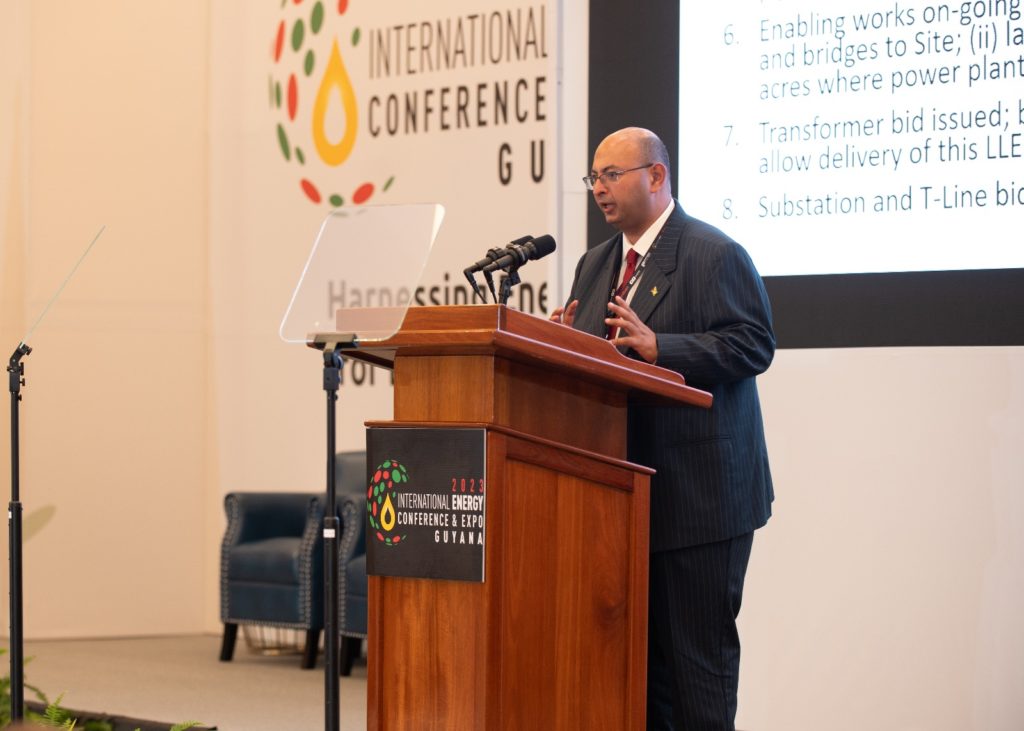
Is this project feasible?
Public discourse in Guyana has tended to question the economic feasibility of the Gas-to-Energy project. Dr. Justin Ram, former chief economist with the Caribbean Development Bank (CDB), conducted a study on the project and told OilNOW in 2022, that even if delivering the project exceeds US$2 billion in costs, it will be worth it. It would be the largest investment into a project in Guyana’s history, but Dr. Ram said the direct and indirect benefits will far outweigh the cost.
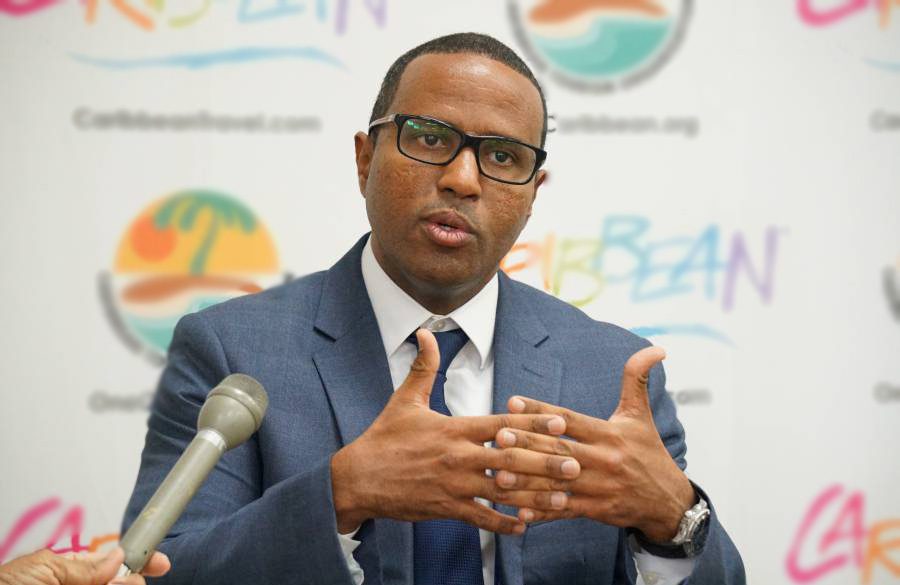
What about the environmental impact?
The Environmental Protection Agency (EPA) required ExxonMobil to conduct an environmental Impact Assessment (EIA) on the Gas-to-Energy project, as part of the authorization process. The report predicted that the planned project activities will have negligible to moderate impacts on physical resources, biological and socioeconomic resources – with a number of positive impacts on socioeconomic conditions. The United States Export-Import Bank reviewed these studies before approving the loan. An extensive report on the EIA is on the EPA’s website.
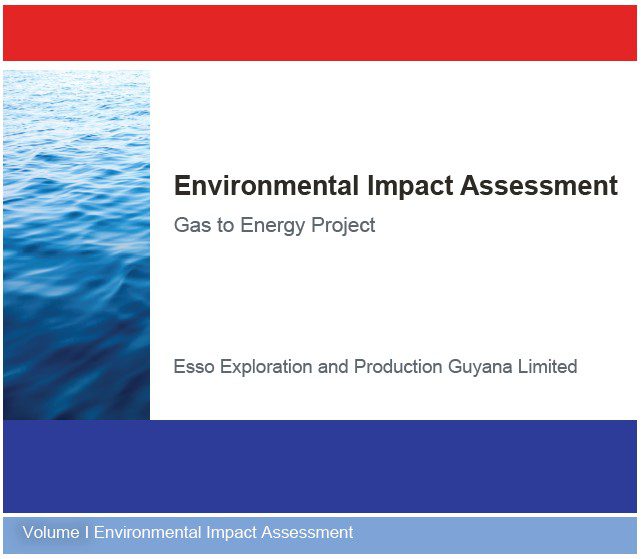
When will the project be delivered?
ExxonMobil completed the pipeline installation in 2024. The Guyana government expects the integrated gas processing facility to be completed by the fourth quarter of 2025, with a partial start-up planned earlier in the year. However, the government is in arbitration proceedings with its contractor, concerning a dispute over some costs and time of initial start-up.
What about Phase 2?
The Guyana government has invited proposals from parties interested in being contracted for the second phase. The submission deadline is January 14, 2025. Guyana estimates project development could be completed in two years following a contract award.


